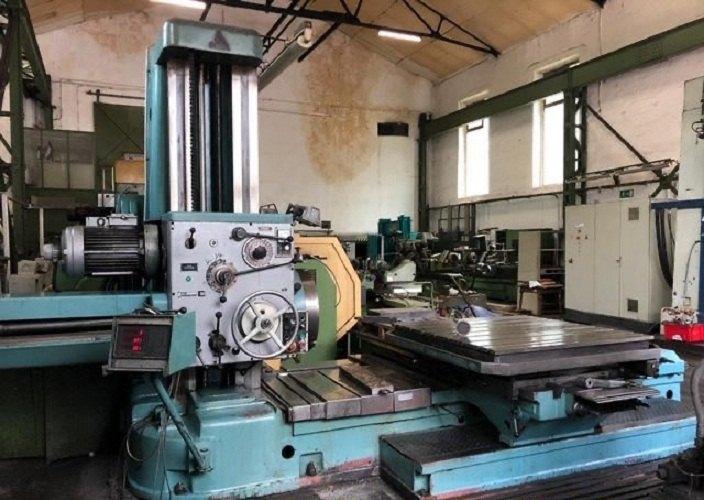Vacuum circuit breakers can switch rated currents thousands of times without losing their integrity. They can also handle short-circuit currents dozens of times.
The arc in a vacuum circuit breaker is quickly extinguished because the metallic vapors, electrons and ions produced during the arc are diffused very rapidly and seized on the surfaces of moving and fixed contacts and shields. This results in a rapid recovery of the dielectric strength.
Arc Interruption
Vacuum interrupters (VCB) have several extraordinary properties that make them different from other circuit breakers. For example, they have high dielectric strength for arc quenching. Moreover, they have lower contact erosion than their counterparts. This is mainly due to the fact that vacuum has a lower density of negative ions and electrons than air or SF6 gas.
The current-carrying contacts of VCB are made from metal alloys with low melting points and low boiling points, so they can easily dissipate the large heat produced during arcing. This allows VCBs to perform well without frequent re-striking. vacuum circuit breakers also have a much higher insulating strength than other circuit breakers. This makes it easier to interrupt an arc when the contacts are separated in a vacuum. When interruption happens, the current drops at its first zero point and the insulating strength across the contacts builds up at a rate thousands of times greater than it does with other breaker types. This makes vacuum breakers more efficient, less bulky, and cheaper to operate.
Insulation
Unlike other circuit breakers, vacuum has a superior insulating strength. This characteristic helps in achieving quick arc interruption. When the contacts are separated in a vacuum, metal vapors, electrons, and ions immediately condense, and the dielectric strength is rapidly restored. This feature is what makes vacuum circuit breakers ideal for capacitor switching and long line dropping.
Vacuum circuit breakers are more efficient, less bulky, and cheaper to maintain. Their service life is also much longer than that of other circuit breakers, and they require little maintenance. Their outer envelopes are constructed of glass, which allows the external inspection of the breaker after operation. If the glass turns milky from its original silvery mirror shine, it indicates a loss of vacuum inside the air circuit breakers. VCBs also have a lower contact bounce, which means they can be used in systems with a wide range of voltages. This is a major advantage, especially in areas with low-voltage applications where voltage spikes can be dangerous.
Current Chopping
In a vacuum circuit breaker, current cutting happens in the absence of air. Therefore, there is no chance of contamination. They are also more efficient and have lower arc resistance. This makes them ideal for switching capacitors. However, they can produce excessive voltage surges. This is because they can interrupt (chop) the current before the natural zero crossing.
This phenomenon is called chopping current and occurs because the metal ions in the contact space are ionized, which gives them an energy potential that can induce higher prospective voltage across the gap than the dielectric strength gained by the vacuum. This is why it is important to choose the right material for contacts. The chopping current of a VCB depends on the density of the metal vapor and the electron emission properties of the contacts. As the current decreases, the rate of vapor release falls and after current zero, the medium regains its dielectric strength if the metal vapor is quickly removed from the contact surface.
